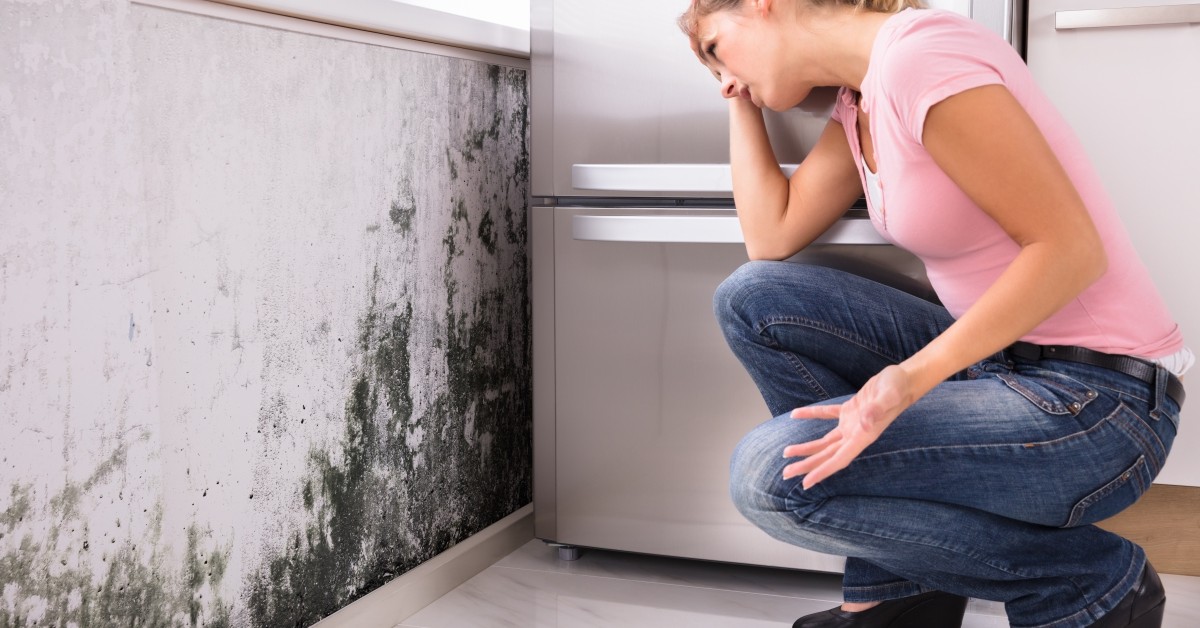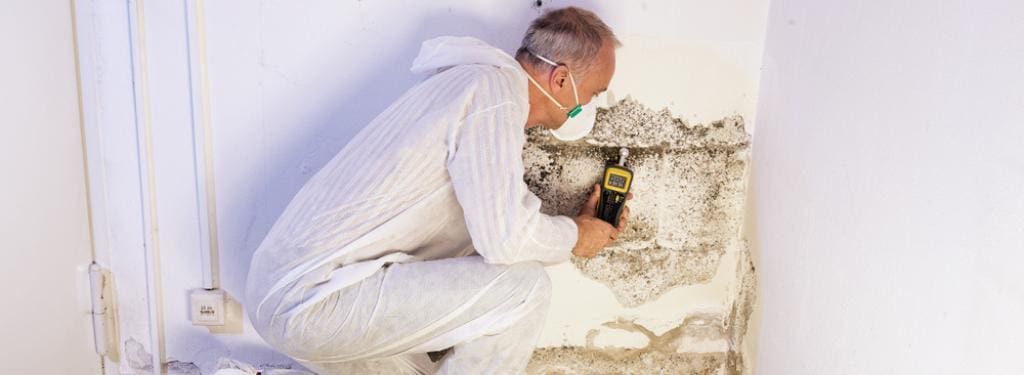Specialist Tips for Blog Post Mold And Mildew Removal Success
In the world of mold remediation, effectively eradicating mold is only half the battle; the real obstacle lies in preventing its reappearance. Post-remediation efforts play a critical role in making sure a mold-free environment in the lengthy term. By sticking to professional ideas and best techniques, people can secure their spaces versus mold and mildew resurgence and preserve a healthy indoor atmosphere. It is in this stage of the removal procedure that interest to information and aggressive actions absolutely make a difference.
Screen Humidity Degrees Regularly
Regular surveillance of moisture degrees is essential in guaranteeing the efficiency of article mold remediation efforts. After completing mold remediation treatments, keeping optimal moisture degrees is important to prevent mold re-growth and make certain a healthy and balanced indoor environment. Monitoring moisture levels permits very early discovery of any type of spikes or fluctuations that can potentially lead to mold and mildew renewal. High humidity degrees above 60% create a conducive environment for mold to thrive, making regular checking an aggressive procedure to stop any future mold and mildew problems - Post Mold Remediation.
In addition, developing a regular schedule for humidity checks, especially in high-risk areas such as basements, washrooms, and cooking areas, is a proactive approach to mold and mildew avoidance. By regularly monitoring moisture degrees, residential property owners can effectively alleviate the threat of mold reoccurrence and keep a healthy indoor atmosphere post-remediation.
Conduct Thorough Inspections Post-Remediation
Adhering to the completion of mold and mildew remediation procedures, it is necessary to carry out thorough evaluations to validate the effectiveness of the remediation procedure. These post-remediation inspections are vital in guaranteeing that the mold and mildew issue has been efficiently addressed and that there is no reappearance or remaining mold development. Assessments should be brought out by certified specialists who have experience in determining mold and mildew and evaluating interior air top quality.
During these assessments, numerous techniques such as aesthetic evaluations, air sampling, and surface tasting might be employed to completely examine the remediated locations. Aesthetic assessments include a detailed evaluation of the premises to look for any visible indications of mold growth or water damage. Air sampling aids in determining the airborne mold and mildew spore degrees, while surface area sampling can find mold particles on surface areas.
Implement Correct Air Flow Strategies
After guaranteeing the efficiency of the mold remediation process with complete evaluations, the next important action is to focus on executing proper ventilation strategies. Adequate air flow is necessary in protecting against mold and mildew reoccurrence by managing moisture degrees and advertising air blood circulation. To attain this, it is recommended to utilize exhaust followers in locations susceptible to high moisture, such as washrooms and cooking areas. In addition, opening doors and windows when climate allows can help improve air movement and lower wetness build-up. Air purifiers and dehumidifiers are likewise beneficial tools in maintaining optimum indoor air top quality.
Appropriate ventilation not just aids in protecting against mold development yet also adds to see this here the total health and convenience of occupants. By making sure adequate ventilation throughout the building, you can decrease the danger of mold and mildew regrowth and produce a much healthier living environment. Routine upkeep of ventilation systems, including cleaning and filter replacements, is crucial to sustaining efficient ventilation. Consulting with heating and cooling experts can give further insights into maximizing air flow strategies for your details residential property requirements.

Use Mold-Resistant Materials for Repairs
To boost the lasting efficiency of mold and mildew remediation efforts, incorporating mold-resistant materials for fixings is crucial in reducing the risk of future mold growth. Mold-resistant materials are created to stand up to wetness and prevent mold growth, making them a vital choice for areas susceptible to moisture and humidity. When fixing areas impacted by mold and mildew, utilizing materials such as mold-resistant drywall, mold-resistant paints, and mold-resistant caulking can help stop mold reoccurrence.
Mold-resistant drywall is an outstanding choice to standard drywall in areas like that site basements and bathrooms where dampness degrees are greater. This kind of drywall has an unique covering that resists mold growth also when subjected to damp problems. Additionally, using mold-resistant paints containing antimicrobial agents can even more inhibit mold development on walls and ceilings.
In areas where moisture prevails, such as bathroom and kitchens, using mold-resistant caulking around tubs, windows, and sinks can help secure out water and protect against mold and mildew from holding in splits and gaps. By buying these mold-resistant products during continue reading this repairs post-remediation, you can considerably reduce the possibility of future mold problems and maintain a much healthier indoor environment.
Maintain Sanitation and Address Water Issues
After mold and mildew remediation, it is critical to maintain a clean atmosphere to avoid the regrowth of mold. Leaks, water invasion, or high humidity levels can produce the best breeding ground for mold, so it is vital to repair any kind of water-related problems quickly.
To maintain tidiness, take into consideration making use of HEPA filters in vacuums and air purifiers to catch mold and mildew spores and prevent their flow in the air. Additionally, making certain proper ventilation in areas prone to moisture build-up, such as bathrooms and kitchens, can help keep moisture degrees in check. By staying alert regarding tidiness and dealing with water issues promptly, you can properly protect against mold and mildew reinfestation and preserve a healthy and balanced interior atmosphere.
Conclusion

In the world of mold removal, efficiently removing mold is only half the battle; the true obstacle lies in stopping its reappearance. After completing mold removal procedures, keeping optimal humidity levels is critical to stop mold and mildew re-growth and ensure a healthy indoor atmosphere. High moisture degrees above 60% develop a helpful setting for mold to prosper, making normal keeping track of a proactive action to protect against any future mold and mildew issues.
To boost the lasting performance of mold and mildew remediation efforts, incorporating mold-resistant materials for fixings is critical in alleviating the threat of future mold and mildew growth. After mold removal, it is essential to maintain a tidy setting to prevent the regrowth of mold and mildew.